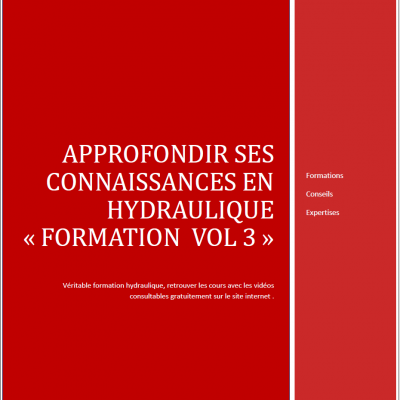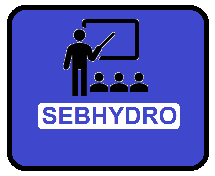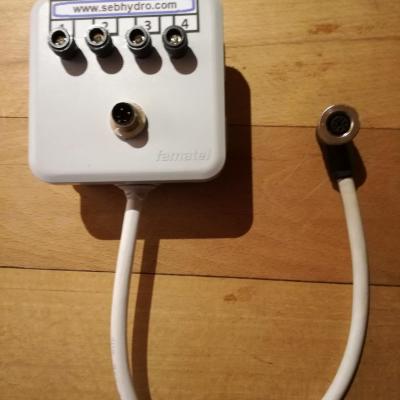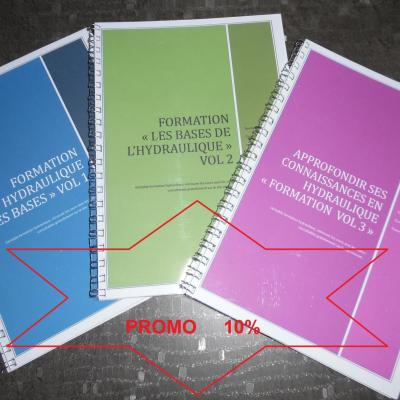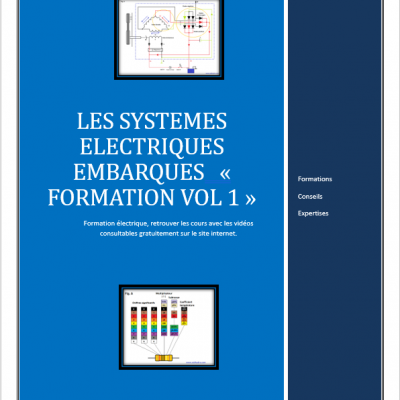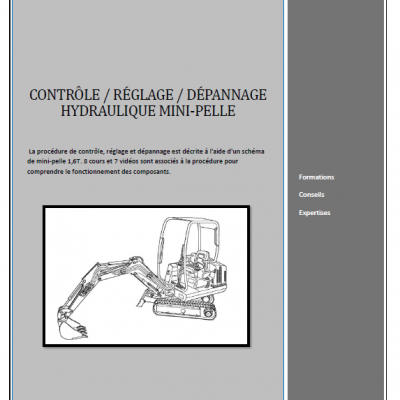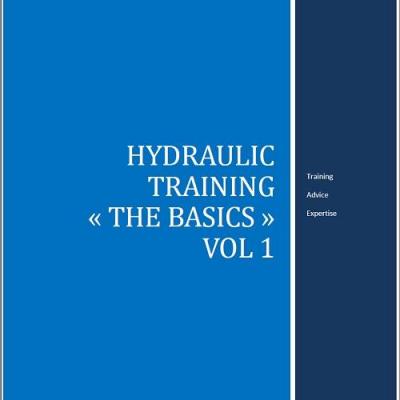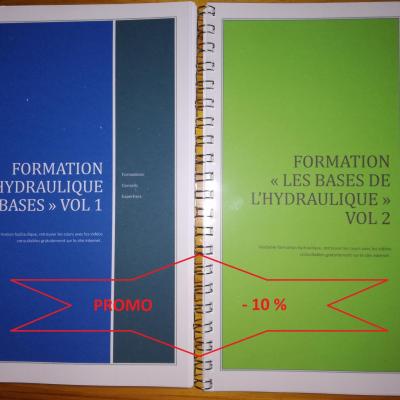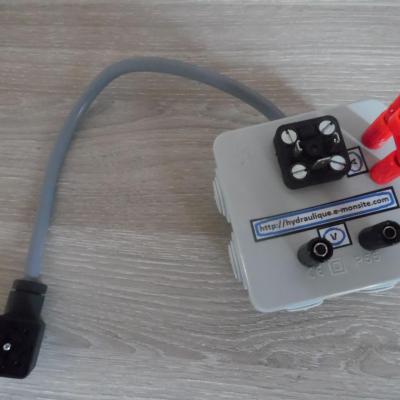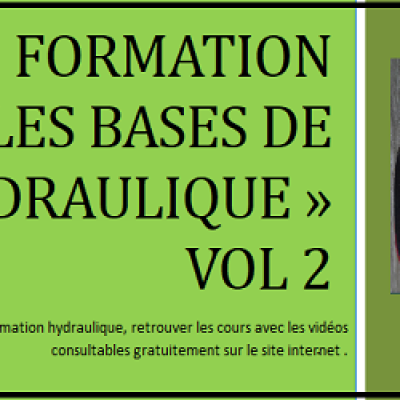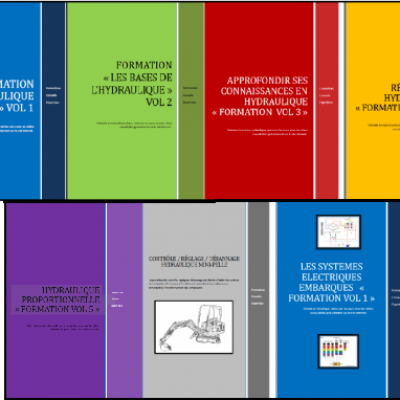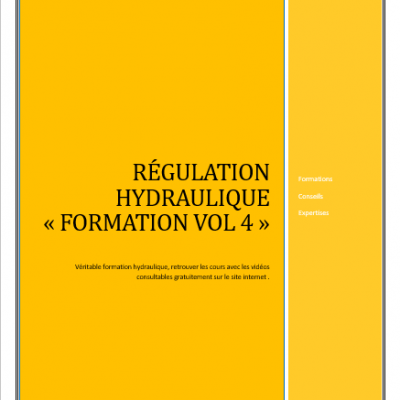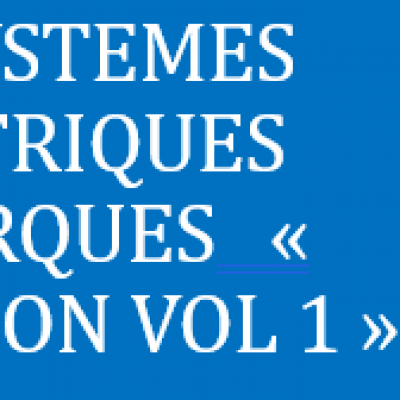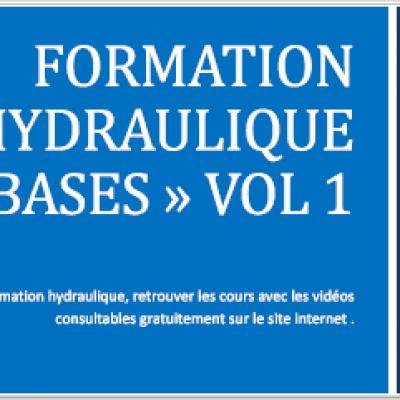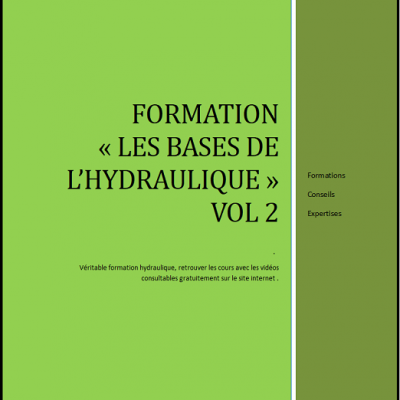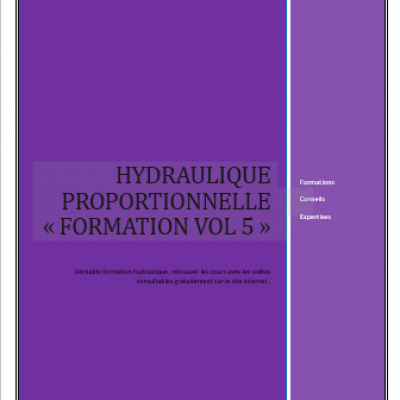1- Role
3- Operation (cylinder output phase)
4- Operation (cylinder phase in mechanical stop)
7- Direct action or pilot operated ?
Comments
-
 Bonjour !!
Bonjour !!
Super travail !!
Je suis en présence sur mon schéma d'un électro distributeur 4/2 sur la branche numéro 9 pour le reste le schéma est identique au votre . En sortie de mon distributeur j'ai 2 possibilités soit un retour au tank soit un bouchon selon la commande.
Lors que je suis sur le circuit bouchon me confirmez vous que mon limiteur de pression piloté ne fonctionnera pas.
Merci de votre aide,
Cordialement, Bonjour,
Bonjour,
Merci pour votre intérêt.
Vous parlez certainement du distributeur de by-pass ou de "mise sous pression" souvent installé en complément du limiteur de pression à action pilotée.
Grâce à ce distributeur, l'étage puissance (ressort de faible raideur)est décomprimé au réservoir lorsque le distributeur n'est pas actionné. Lorsque le distributeur est activé, il bouche cette fuite et rend opérationnel le limiteur de pression.
À l'occasion, j'écrirai une fiche à ce sujet.
 Ici le limiteur de pression à action pillotée avec distributeur de by-pass
Ici le limiteur de pression à action pillotée avec distributeur de by-pass
https://www.sebhydro.com/pages/documentation/fiche/fiche-n-7-reglage-pompe-cylindree-variable-pression-constante-expertise-hydraulique.html
Add a comment
